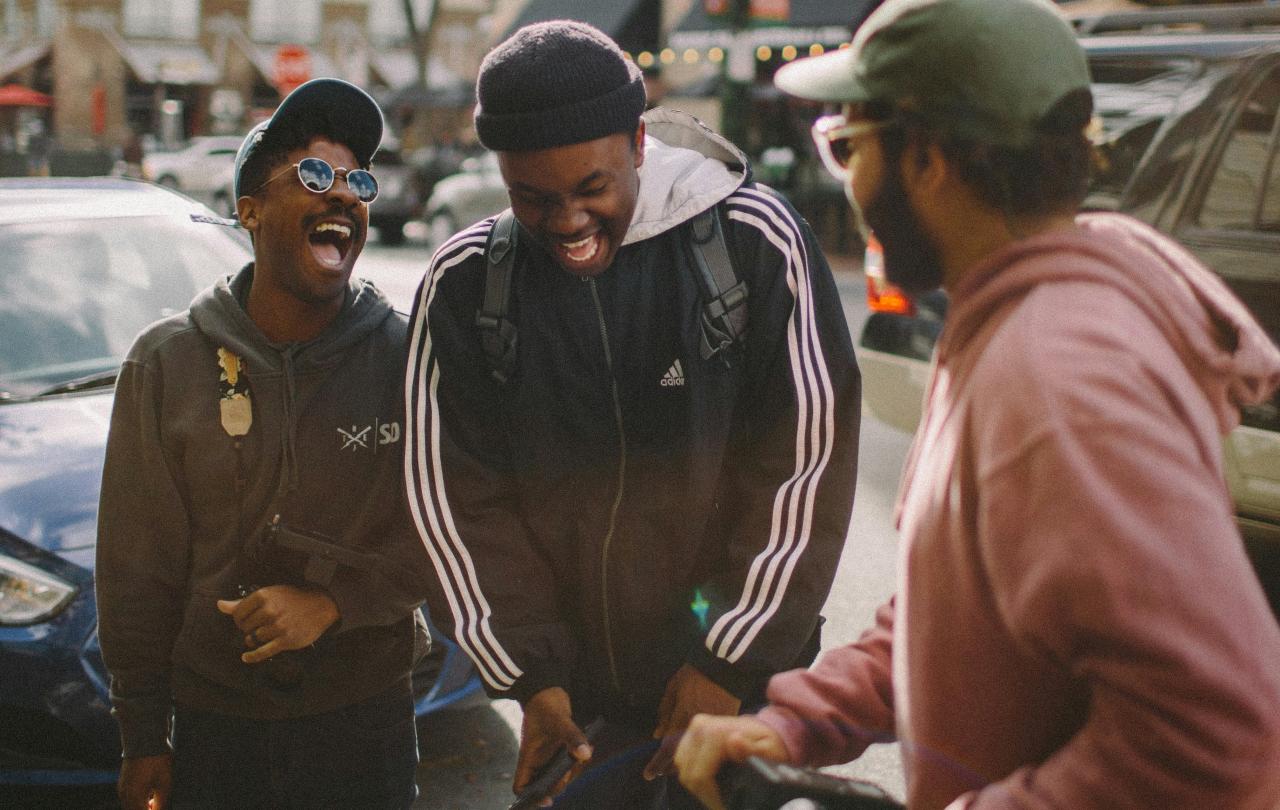
On 11 November, the Good Faith Partnership, the National Academy of Social Prescribing (NASP) and the Bishop of London convened a roundtable discussion in the House of Lords to call for a collaborative relationship between faith groups and NHS social prescribing providers.
Faith leaders from the major religions in the UK gathered alongside senior officials such as from the Department for Health and Social Care, NHS England and arm’s length bodies.
‘There are lots of exciting opportunities with a new government in place,’ said Charlotte Osborn-Forde, CEO of NASP, adding that as part of her desire to see social prescribing available in NHS services beyond GP surgeries ‘there are huge and untapped assets in communities.’
Marianne Rozario from Theos, the lead researcher on a groundbreaking new report on faith and social prescribing, elaborated, saying that faith groups are trusted anchor institutions in local communities that are well networked, offer resources in the form of buildings and volunteers, and have expertise in pastoral and spiritual care.
Mark Joannides, Deputy Director for Community Health in the Department of Health and Social Care, added that: ‘Faith groups are going to have to be part of this,’ when referring to the government’s health mission and the three big shifts from hospital to community, analogue to digital, and sickness to prevention.
The conversation focused on how this integration could take place, particularly through securing shared investment funds for faith groups, co-locating healthcare services into faith buildings, and integrating faith groups into the NHS 10-year healthcare plan.
A range of ideas were shared by those present including the importance of investing in faith groups to provide palliative care, focusing on reducing health inequalities, and investing in local infrastructure.
On 30 January, Good Faith Partnership and Theos will publish the first ever report into the role of faith communities in the social prescribing system. This timely report collates research into the role of faith groups in social prescribing and aims to facilitate further discussion on how collaboration between faith groups and the NHS can support the needs of the most vulnerable in our society. Alongside the report, two ‘How To’ guides will be published, providing faith leaders and social prescribing link workers with a step-by-step process for building relationships with one another.
To hear more about the research recommendations, explore next steps and to access the practical ‘how-to’ guides register for a free hour-long webinar on 30 January using this link:
Join with us - Behind the Seen
Seen & Unseen is free for everyone and is made possible through the generosity of our amazing community of supporters.
If you’re enjoying Seen & Unseen, would you consider making a gift towards our work?
Alongside other benefits (book discounts etc.), you’ll receive an extra fortnightly email from me sharing what I’m reading and my reflections on the ideas that are shaping our times.
Graham Tomlin
Editor-in-Chief





